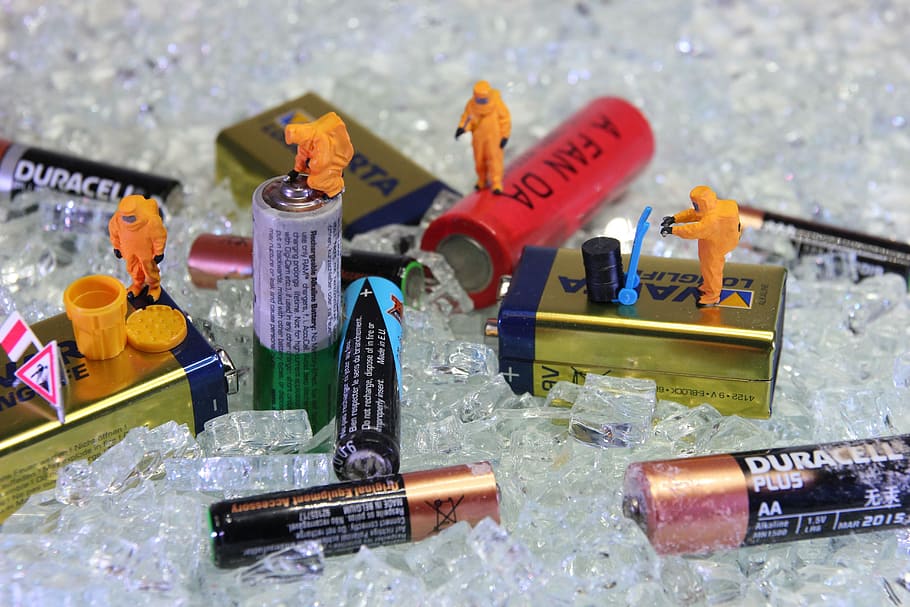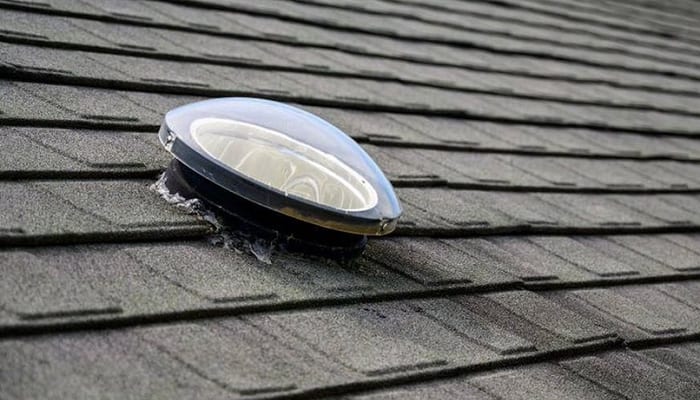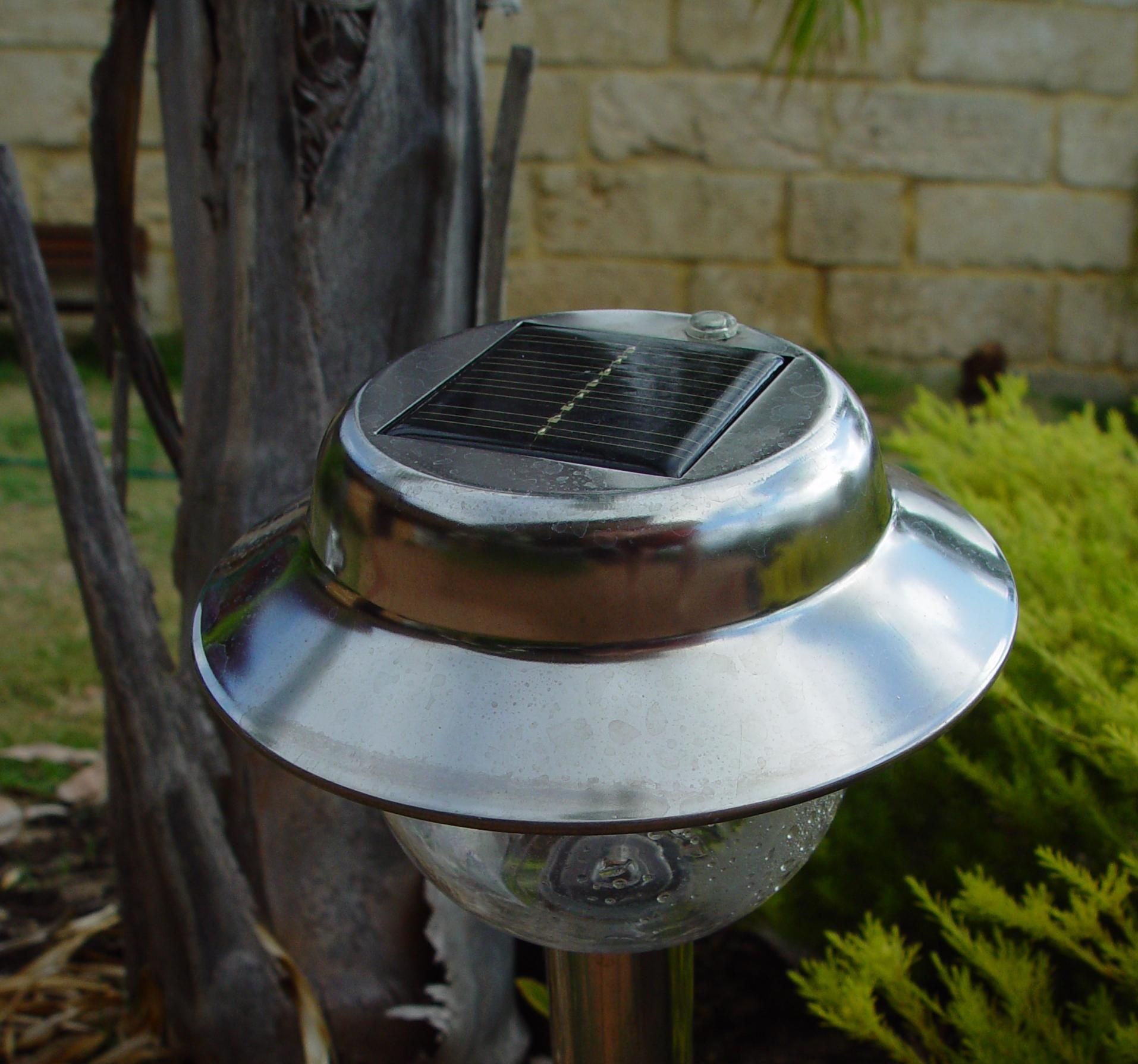If there’s barely any walking surface left on your roof, wondering how you’ll move between your solar panels for cleaning or maintenance is valid. While calling a professional is one option, figuring out how to maneuver between your solar panels is another. You might have heard others say they’ve done it, but can you walk on solar panels?
You can walk on solar panels, but it isn’t a good idea. Most types of solar panels will carry some weight, but walking on them can still cause damage to the surface material and internal components. Your warranty might also not cover any damage caused by this action.
Below I discuss the three types of solar panels and the impact each can handle. I also walk you through common signs of damage on solar panels so you can easily spot them.
3 Different Types of Solar Panels and Their Strength
The strength of solar panels is determined by their ability to withstand various environmental factors like wind, rain, snow, and hail. The material used to make them greatly impacts this. Let’s look at the strength of the three types of solar panels available!
Monocrystalline Solar Panels
Monocrystalline solar panels are made from a single silicon crystal. They are the most efficient and popular choice. Monocrystalline solar panels are also the most expensive.
Generally, monocrystalline solar panels are made with a layer of tempered glass on the front surface. This is a highly durable glass that can withstand high levels of impact and environmental exposure. The back surface is usually made of a polymer or aluminum material, which provides additional support and insulation for the solar cells.
Monocrystalline solar panels are the strongest type of solar panels. They have a high resistance to wind, rain, and snow. These panels can withstand wind speeds of up to 150 mph. Monocrystalline solar panels are also long-lasting, with a working expectancy of 25-30 years.

Polycrystalline Solar Panels
Polycrystalline solar panels are made from multiple silicon crystals. They are less efficient than monocrystalline solar panels and also less expensive.
While the front surface is typically made from a layer of tempered glass, the back cover of these panels is usually plastic or metal, depending on the specific design.
Polycrystalline solar panels are, however, also strong and durable. They can withstand wind speeds of up to 125 mph. Polycrystalline lasts an average of 25 years.
Thin-Film Solar Panels
Thin-film solar panels are made from thin layers of photovoltaic material. They are the least efficient type of solar panels. Thin-film solar panels are typically made with flexible materials like plastic or metal. This makes it more lightweight and adaptable than other types of solar panels.
The solar cells are embedded within this material, and a protective layer is often added to the top surface to prevent damage from environmental factors. However, thin-film solar panels are the weakest of the three types listed.
They are more prone to damage from environmental factors and have a shorter lifespan compared to monocrystalline and polycrystalline solar panels, only lasting around 10-15 years.
Can You Walk on Your Solar Panels?
I do not recommend walking on your solar panels. While most are made from durable material that can withstand high impacts, they are still fragile and can damage under your weight. Walking on solar panels is risky. Here’s what could happen:
Cracking or Breaking: Solar panels can crack or break under your weight. This can cause damage to the solar cells and reduce the efficiency of your panel. Cracks or breaks can also allow moisture to seep into the panel, causing corrosion and further damage over time.
Scratching: Walking on solar panels can cause scratches or abrasions to the protective layer on its surface. This can reduce the panel’s efficiency and make it more susceptible to damage from environmental factors like wind and rain.
Electrical Damage: Solar panels contain sensitive electronic components. Walking on them can cause electrical damage. Your panel might stop working, or its efficiency will reduce.
Safety Risks: Walking on solar panels can also pose a safety risk. If the panels are located at a height, you could fall and seriously injure yourself.
Signs Of Damage to Look For on Your Solar Panels
It’s important to regularly inspect your solar panels for signs of damage. Doing this will ensure they operate at peak efficiency. Here are different types of damage to look for:
Physical Damage to Your Solar Panels
Walking on solar panels or placing any heavy object on them can cause physical damage. This can be in the form of cracks, chips, or broken glass. Scratches are also typical.
Physical damage can affect the overall efficiency of your solar panels and reduce their power output. It can also make your panels more susceptible to damage from environmental elements.
Electrical Damage to Your Solar Panels
Any damage to your solar panels can lead to electrical faults in the panel’s internal components. This can lead to a reduction in efficiency or complete failure. If you notice reduced power output, electrical damage might be the culprit.
Moisture Damage to Your Solar Panels
A damaged solar panel can allow moisture to seep into it. This can cause corrosion and further damage over time. Signs of moisture damage on solar panels include discoloration or water spots on the panel. You should monitor this and fix damaged areas where moisture might get in.
If you notice any signs of damage to your solar panels, contact your installer for an assessment. Your warranty might cover the damage, or they could quote you for any necessary repairs.
Walking on Solar Panels: Yes or No?
It’s possible to walk on solar panels. However, I do not recommend doing this. The risk of damage or injury is too high. You could destroy the surface material or internal components of your solar panels. You could also injure yourself if they are located in an elevated area.
Did you find this article helpful? Drop your thoughts in the comments!



